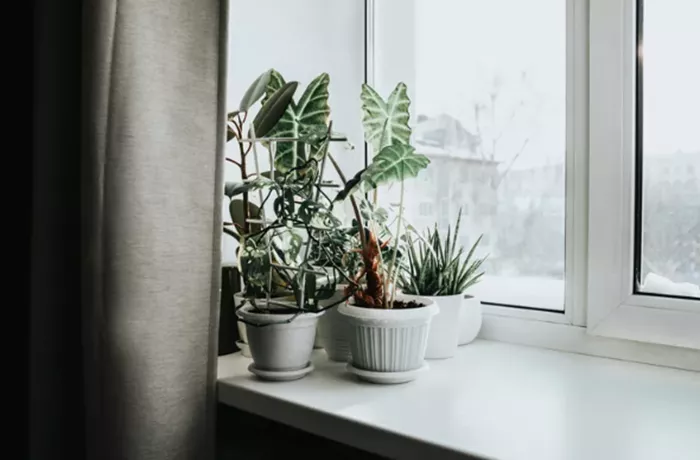As days shorten and temperatures drop, it’s time to prepare for winter. Many plant owners consider moving their outdoor plants inside to keep them healthy during the colder months. However, this transition requires careful planning. Failing to do so can harm both outdoor and existing indoor plants. Here are some common mistakes to avoid when bringing your plants inside for winter, along with expert advice on how to ensure their well-being.
Timing is Essential
One of the most frequent errors gardeners make is waiting too long to bring plants inside. Andrew Bunting, Vice President of Horticulture at the Pennsylvania Horticultural Society, emphasizes the importance of timing. “When nighttime temperatures reach 50 degrees Fahrenheit, it’s generally time to move your houseplants indoors,” he advises. However, some plants, especially tropical varieties, may need to be brought in earlier, while others, like bromeliads, can tolerate cooler temperatures longer.
Failing to Inspect for Pests
Outdoor plants can attract pests, including aphids, spider mites, whiteflies, scales, and mealybugs. Before bringing your plants indoors, conduct a thorough inspection for any signs of these insects or their eggs. Bunting suggests spraying any live insects with insecticidal soap to ensure complete coverage. Begin this inspection process at least a month before the intended move indoors to allow for necessary treatments.
Choosing the Wrong Location
Light conditions play a crucial role in the health of your plants. Plants that thrived in full sun outdoors need a bright spot indoors. Sarah Nolimal, a senior horticulturist at the Chicago Botanic Garden, recommends placing such plants near a south or west-facing window, depending on your home’s layout.
Ignoring Humidity Needs
Indoor air is often drier than outdoor air, especially in winter when heating systems are on. Many tropical plants thrive in higher humidity. Nancy Awot-Traut, a horticulture expert with Burpee, suggests using a humidity tray or placing humidity-loving plants in naturally humid areas, like bathrooms, to help them adjust.
Overwatering
Plants indoors receive less sunlight, which means they require less water. Awot-Traut warns that overwatering is a common mistake. Always check the soil’s moisture level before watering to avoid harming your plants.
Frequent Relocation
Plants need time to adapt to their environment. Moving them repeatedly can cause stress and weaken them over time. Awot-Traut advises selecting a well-lit location and leaving the plants there to minimize disturbance.
By avoiding these common mistakes, you can help your plants thrive indoors during the winter months. With the right care and attention, your indoor plants can remain healthy and vibrant until spring arrives.
Related topics:
- Gardener Maintains Beautiful Lavender Blooms for 12 Years with One Simple Trick
- Looking for Fall Colors? Consider Planting a Japanese Maple
- Essential Gardening Task for Achieving Your Best Flowers Next Year


